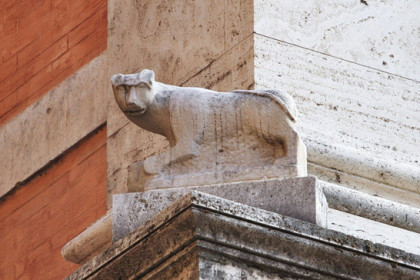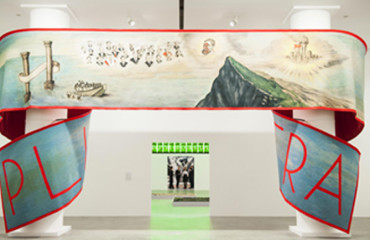
Although the exact date of the beginning of the partnership between man and cat is still vague, recent comparative DNA studies estimated that the first domesticated cats may have been in the area of the Fertile Crescent some 10,000 years ago. Almost a thousand years later, the fascination that the cat had on the man was so great that it would have led peoples of Upper and Lower Egypt to make a deity. After this statement, our archetypical mind – almost immediately – runs to the cat-headed goddess, Bastet, but before her time came, Ra was a cat: the Great Cat of Heliopolis, the explicit form of the God of the rising sun, so called by the great god Sa “for what he had done” (killing the snake Apophis), as demonstrated in the Papyrus of Nebseni , Brit. Mus. No. 9900, Sheet 14, ll. 16FF and in one of the first images of the sacred feline. [image 1]
Bastet, however, is the Eye of Ra, as reported by the Metternich Stele, it is the Lady of Bandages, Lady of Life, protector of the house, venerated to the point that her first graphic representations are on the fragments of a vase, in a protodynastic hieroglyphic inscription that shows us a cat-headed goddess, stylized and probably originally painted. [image 2].
It was Taras, son of Poseidon, according to the myth, who brought the cat from Egypt to Italy, as in Greece did the Phoenicians, who bargained in animals. Greeks identified the Egyptian goddess Bastet with their Artemis (the Roman Diana), in addition to being the goddess of the moon, star often associated with feline figures, was primarily known as Potnia Theron, Mistress of Animals. In additions to Artemis, who had the ability to transform herself into a cat, it was connected to Athena, who boasted among her epithets “Athena the cat” for her bright eyes that could see in the dark and finally it was sacred to Hecate, Lady of Magic.
However, the earliest depictions of a cat in ancient Greece can be found on vases of the fifth century BC depicting cats on a leash and shown off as if they were exotic animals much sought after. On Magna Grecian vases you can see cats on their masters’ shoulders or used to hunt birds [image 3].
Romans preferred to portray them mostly on banners, in frescoes and especially in mosaics [image 4]. It was the introduction in the Roman Empire of the cult of the goddess Bastet, and her identification with Isis, to renew and strengthen the Egyptian cult of the sacred cat. Isis was so popular that every city had a Serapeum, a temple dedicated to the goddess and her husband and brother, Osiris, who became the new syncretic religion Serapis. In Rome, the Temple of Isis was built in the current church of Santo Stefano del Cacco, where a marble statue of a cat was found, statue that now lurks on those passing under the first cornice of Palazzo Grazioli, at the corner of Via della Gatta (Cat’s Street) and Piazza Grazioli, once Piazza della Gatta (Cat’s Square) [image 5].
To be continued…
 English
English  Italiano
Italiano 



